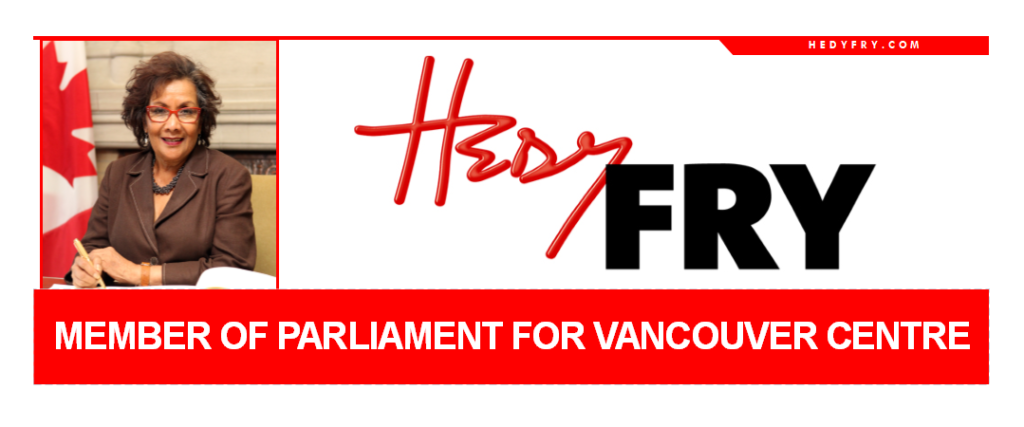
In Canada, invasive Zebra and/or Quagga Mussels have recently been found in moss ball products, a type of aquarium plant product made of green algae. At this time, there have been confirmed reports of infected moss balls in British Columbia, Northwest Territories, New Brunswick, Ontario, Quebec, Nova Scotia, Alberta, and Saskatchewan.
We urge everyone who has purchased moss ball products in Canada or ordered them on-line to treat and dispose of them as well as your aquarium water responsibly. Once this has been done, please report it to your local Aquatic Invasive Species authority.
Step 1: Treat the moss ball
- Place the moss ball into a sealable plastic bag and freeze for at least 24 hours, or
- Place the moss ball in boiling water for at least one full minute and then dispose of the sterilized water down a household drain.
Step 2: Dispose of the moss ball
- Place the treated moss ball and any of its packaging in a sealed plastic bag and dispose in the trash.
Step 3: Treat the aquarium contents and water
After moss balls have been removed from an aquarium, do not dispose of untreated water down the drain or into any residential water system or waterway. Instead, take these additional steps.
The treatments outlined below must be followed exactly as described to be effective in decontaminating tanks and systems.
Post treatment water should be disposed of through your wastewater system.
Method 1: Heat treatment for tanks without plants or animals
This method provides a treatment option for tanks without plants or animals (either not present or removed), as it may harm/damage or kill other plants or animals.
- Raise the temperature of the water by using an aquarium heater or pouring in boiling water. It is important to maintain the temperature throughout the treatment to achieve 100% mortality of zebra mussels. Please refer to the table below.
- Ensure all tank accessories and equipment (e.g. nets) used to remove fish or other organisms/plants from the contaminated aquarium are properly decontaminated immediately after use by using the heat treatment method.
Method 2: Potassium Chloride (KCl) for tanks with plants or animals
This method can be used when plants and animal cannot be removed, or if Method 1 is not possible.
This treatment requires using potassium chloride (KCl), a sodium-free table salt substitute commonly sold at grocery and nutritional stores. The highest available purity of KCl available should be used. “Half-Salt” products cannot be used.
- Remove a small volume of water (approximately 1 litre) from your aquarium and place this water into a separate container.
- Determine the volume of water in your aquarium and the corresponding amount of KCl required to achieve the required treatment concentration using the table below.
- Add the required amount of KCl to the separate container of water and mix thoroughly.
- Pour the mixture back into your aquarium and leave it in for at least two weeks at a minimum temperature of 17°C.
- Water changes should be avoided during the 14-day treatment period. If this is not possible, treat the discharge water with Method 1 prior to disposal.
- Evaporated water can be replenished provided the replacement water does not exceed the volume of water that evaporated.
- To ensure consistent treatment conditions, all make-up water must be prepared using water from an uncontaminated source, warmed to a minimum of 17°C and pre-treated using KCI.
Additional notes:
- While this method is considered safe for most finfish and plants, it may not be safe for invertebrates.
Step 4: Report
Report this incident to your local Aquatic Invasive Species authority and let them know that you have treated and disposed of your moss balls.
Note: Please do not flush moss balls down the toilet or dispose of them in the compost. It is illegal to introduce any aquatic organism into any region or Canadian waterbody where it is not indigenous unless authorized by federal or provincial law.
Zebra Mussels pose a serious threat to Canada’s aquatic ecosystems, but you can help stop the spread. For more information on Zebra Mussels in Canada, please visit: https://www.dfo-mpo.gc.ca/species-especes/profiles-profils/zebramussel-moulezebree-eng.html
| Method 1: Heat treatment for tanks without plants or animals | |||
|---|---|---|---|
| Minimum temp. | Minimum time | ||
| 40˚C | 30 min | ||
| 45˚C | 15 min | ||
| 50˚C | 5 min | ||
| Method 2: Potassium Chloride (KCl) for tanks with plants or animals | |||
| Volume of Water in Aquarium | Amount of KCl Required* (100% Solubility) | ||
| US gal | Litres | Teaspoons (US) | Grams |
| 1 | 3.8 | 1/4 | 1 |
| 10 | 38 | 2 | 8 |
| 20 | 76 | 3 ¾ | 15 |
| 55 | 208 | 10 | 40 |
| 75 | 284 | 13 ½ | 54 |
| 90 | 341 | 16 ½ | 65 |
| 125 | 473 | 22 ½ | 90 |
*Dosages outlined in this table are based on a known, lethal concentration of 100ppm KCl to invasive mussels, over an exposure period of 14 days and within the expected temperature range of home and retail aquariums (above 17 º C). Measurements in this table have been rounded up for ease of measurement.



